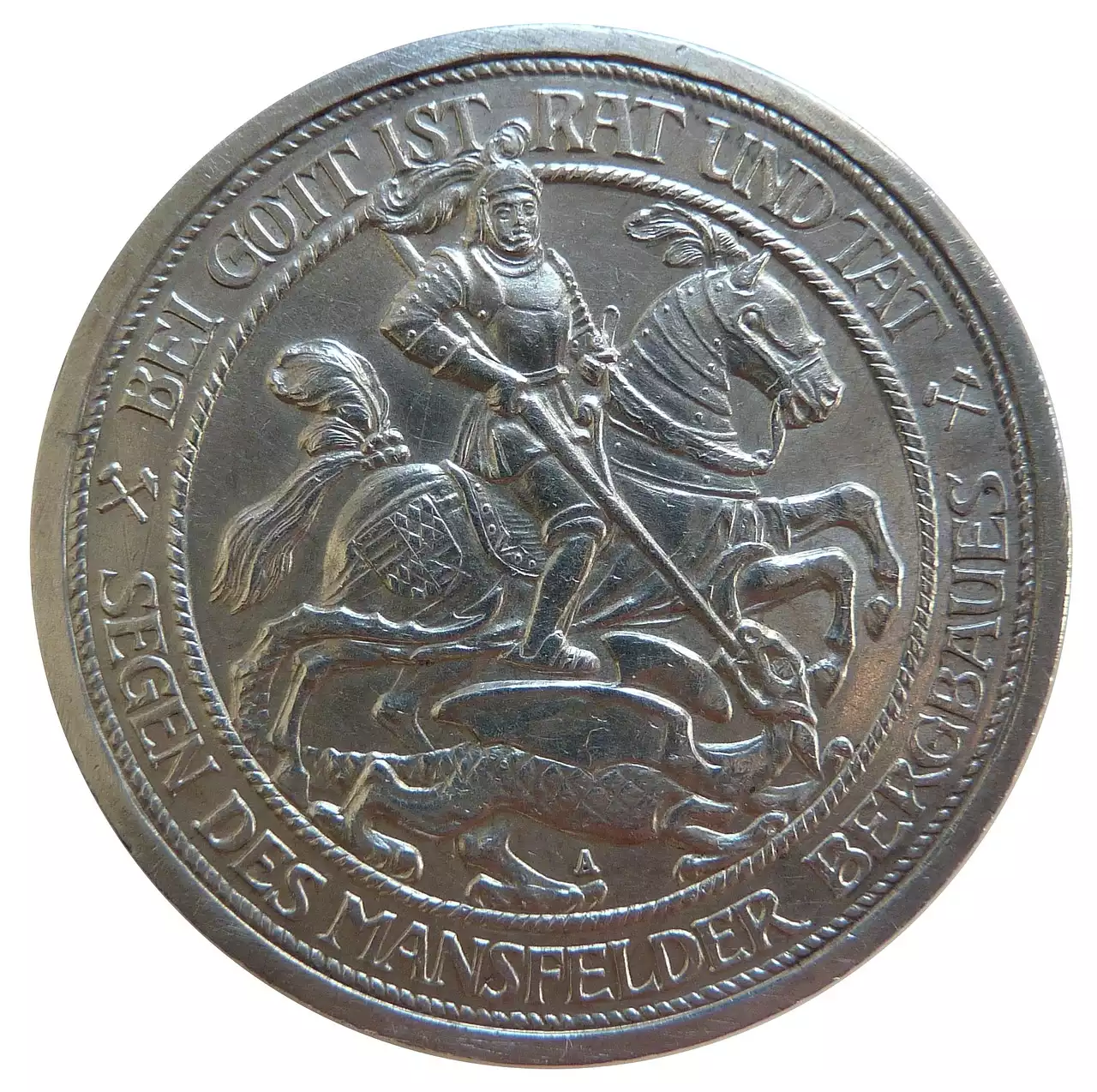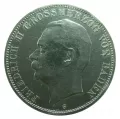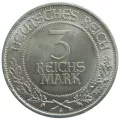The new series of £10, £20, and £50 notes are not the only currency that the Bank of England has released this year. They have also released a brand-new batch of 25, 50, and 100 pence coins. These new coins are made from a special mixture of metals, which makes them harder to counterfeit than the old ones. The new coins are also slightly bigger and thicker than before. The previous penny has been withdrawn from general circulation and can no longer be used in vending machines, hotels or car parks, etc. This means that you cannot directly exchange old pennies for new ones at your bank branch any longer; you have to exchange them in batches of 5 or 10 at special counters. The same goes for other small changes like halfpennies, which you can no longer use to pay for things directly but instead have to deposit in special containers at your bank branch or post office branch.
Commemorating the 200 years of the Royal Mint
On the 2nd of March, 1816, the Royal Mint in East London produced its first gold sovereign coin as part of the United Kingdom's move away from the old silver standard. The Royal Mint is the world's oldest manufacturing company that has been making coins for almost three centuries. It has produced coins for Britain, as well as many other countries, ever since its inception. The Royal Mint's headquarters are in Westminster, London, right next to the Houses of Parliament. It has a staff of around 900 employees working in five separate locations across the country. The Royal Mint produces coins not only for the United Kingdom but also for several other countries, including Australia, New Zealand, Canada, some Caribbean nations, and many other countries. The Royal Mint is also responsible for producing British coins, commemorative coins, medals, and other items like blimps, signage, and even jewelry. The Royal Mint also offers coin-collecting services and has a large online store where you can purchase a variety of items.
What are the new coins made of?
The new £10, £20, and £50 coins are made from a special mixture of metals. The metals used in these coins include nickel-brass and nickel-plated alloy. The new £5 coin is made of nickel-plated steel. The new £1 and £2 coins are made from a special type of plastic called "polymer". The new 25, 50, and 100 pence coins are made from a different type of metal called "magnetic alloy".
New £10 note
The new £10 note is made from a special plastic called "graphic paper", which is harder to counterfeit than ordinary paper. The new note features an image of artist J. M. W. Turner's painting of the steamboat "The Fighting Temeraire", which is being hauled to the scrapyard. The image depicts a crucial historical moment, as steamboats were instrumental in the development of modern transport. The note also has a "rolling barcode" that changes color when you tilt the note. This is intended to make the message more secure and harder to counterfeit. The back of the note features an image of the East London skyline, including the iconic Battersea Power Station, which is also now being used as an arts venue.
New £20 note
The new £20 note is dark blue, featuring images of mathematician and computer scientist Charles Babbage and Victorian engineer and inventor Matthew Murray. It also includes an image of the penny steamboat, the first steamship to sail on British waters. The front and back of the note also feature a "crescent and circle", which is a pattern intended to make the note harder to counterfeit. The note also includes an image of "abacus beads" that move when you tilt the note.
New £50 note
The new blue-green £50 note features a portrait of Scottish novelist and poet Jane Austen, who is considered to be one of the greatest writers of all time. The note also features an excerpt from Jane Austen's novel "Pride and Prejudice". The new £50 note is designed to be harder to counterfeit than the old one, which was one of the most commonly counterfeited British banknotes. The note is made from a special type of plastic called "graphic paper", which is harder to counterfeit than ordinary paper. The note also has several other security features, including a "rolling barcode" and an image of "abacus beads" that move when you tilt the note.
New £100 note
The new blue £100 note features a portrait of Scottish scientist, engineer, and inventor James Watt, who is often regarded as one of the most influential figures in British industrial history. The note also has a "crescent and circle" pattern printed on it, which is intended to make the note harder to counterfeit. The note also includes an image of "abacus beads" that move when you tilt the note.
Conclusion
The new £10, £20, and £50 notes that have just been released are made from special paper and are harder to counterfeit than the old ones. They also have images on them that commemorate historic moments in British history. This is all part of the Bank of England's efforts to stay ahead of counterfeiters. The new 25, 50, and 100 pence coins are also harder to counterfeit due to the special metals they are made from. They are also bigger and thicker than before. These new coins are the latest additions to the British currency.


 The Basic Elements of Music Theory
The Basic Elements of Music Theory
 Smearing Technique is Very Useful in Rock Climbing
Smearing Technique is Very Useful in Rock Climbing
 What Exactly is the Metaverse?
What Exactly is the Metaverse? What are Collectable Banknotes?
What are Collectable Banknotes? The First Paper Bank Note
The First Paper Bank Note The 1890 Grand Watermelon Banknote
The 1890 Grand Watermelon Banknote Collecting Bank Notes as a Hobby
Collecting Bank Notes as a Hobby